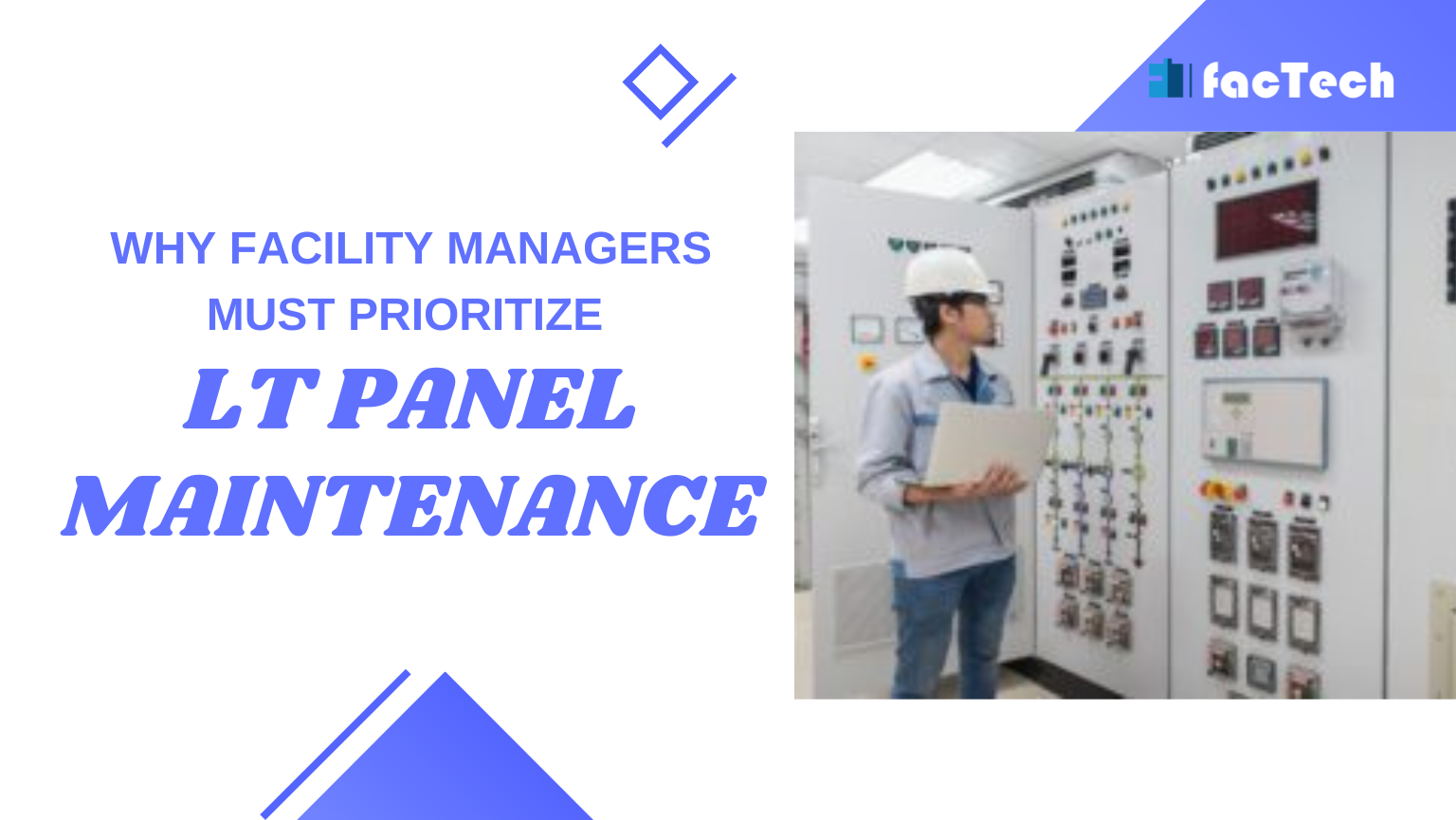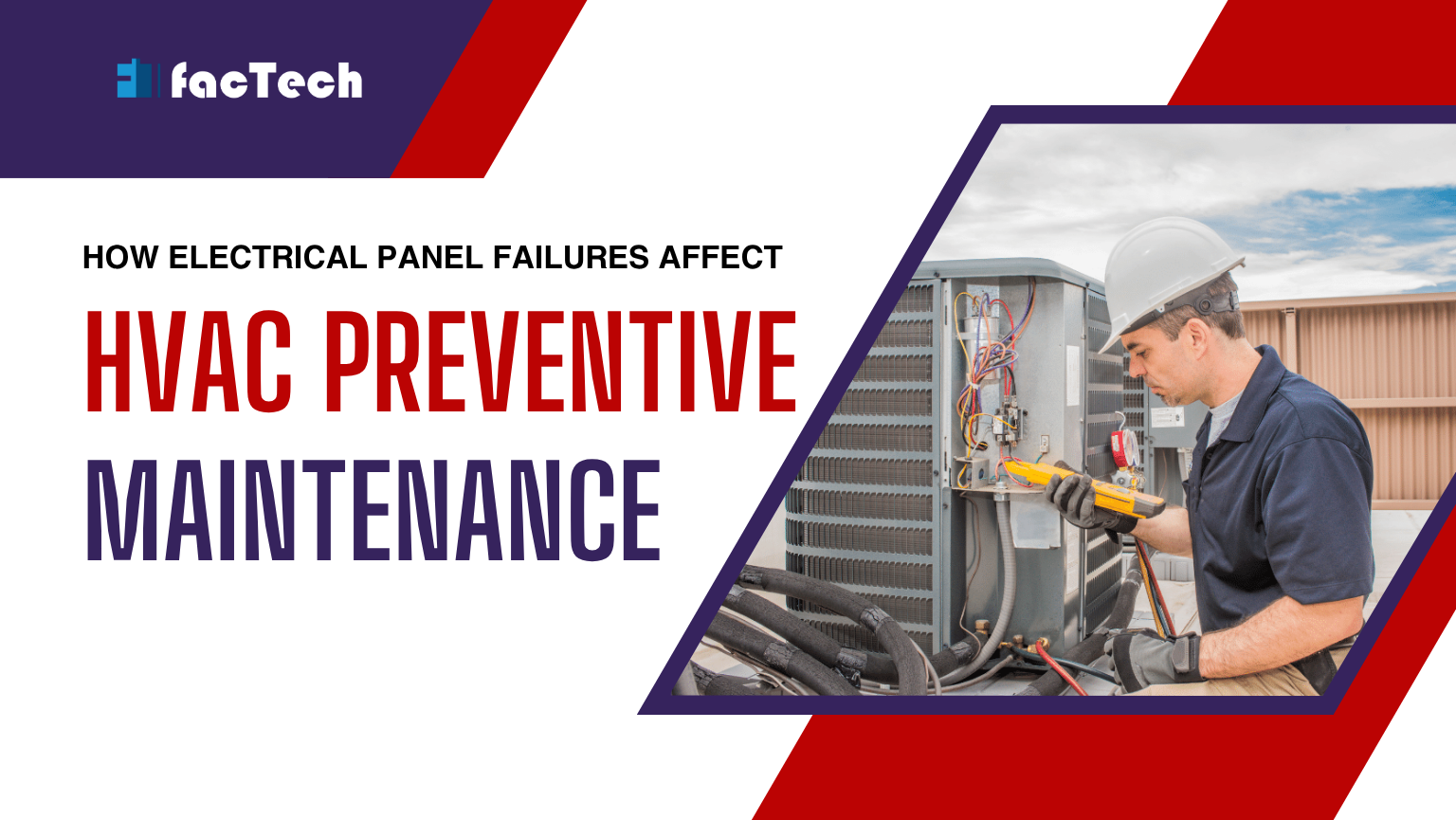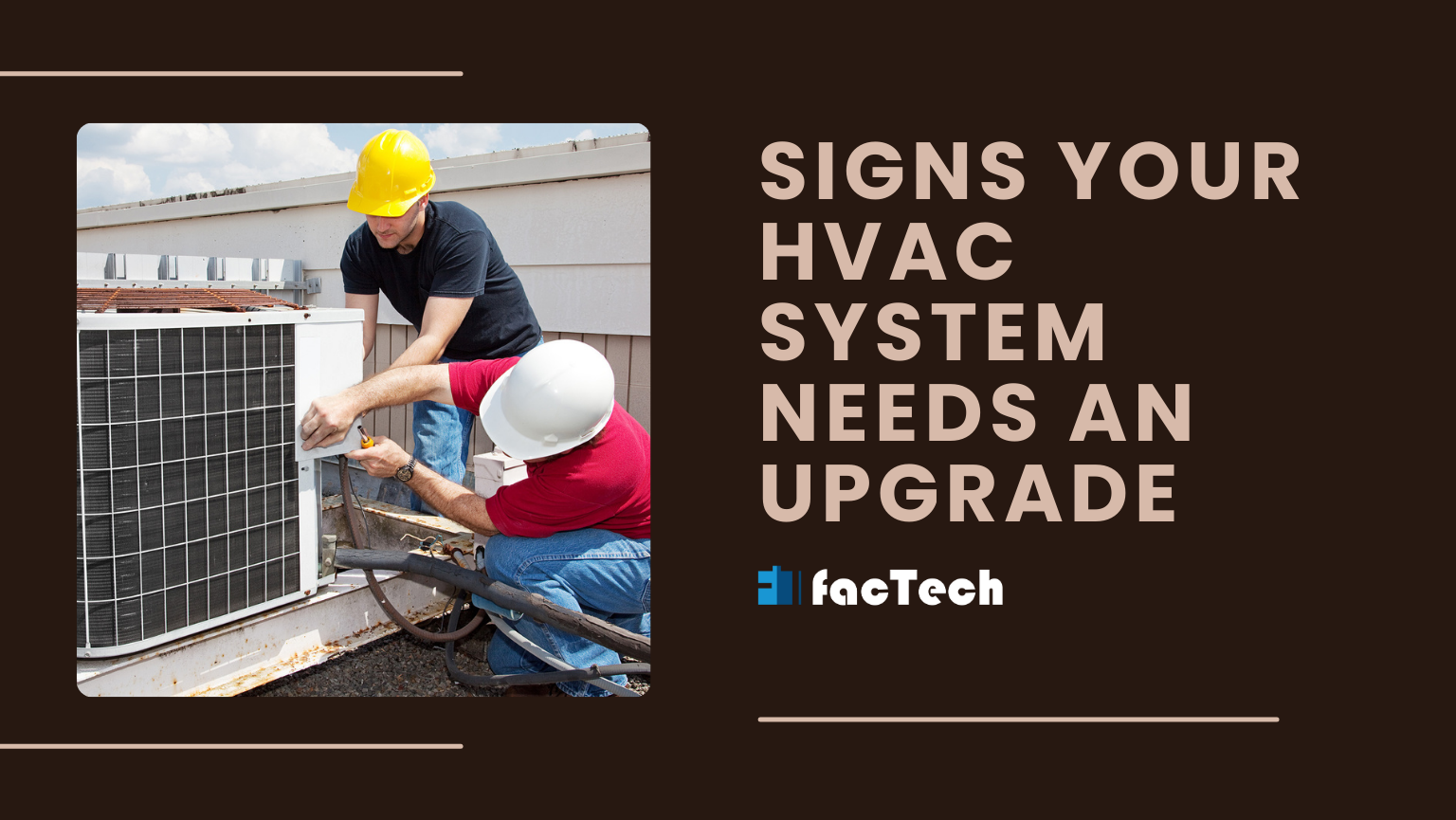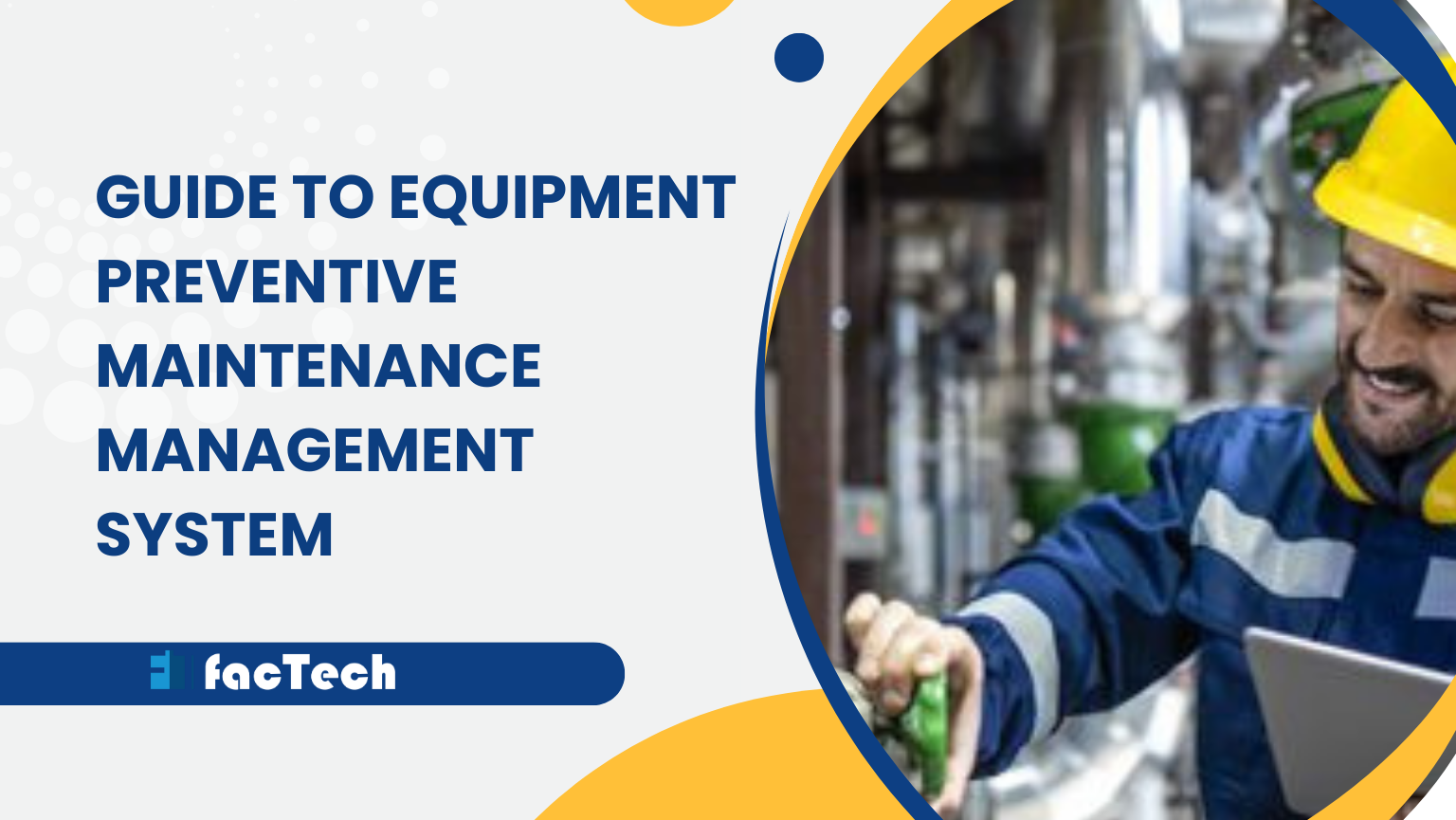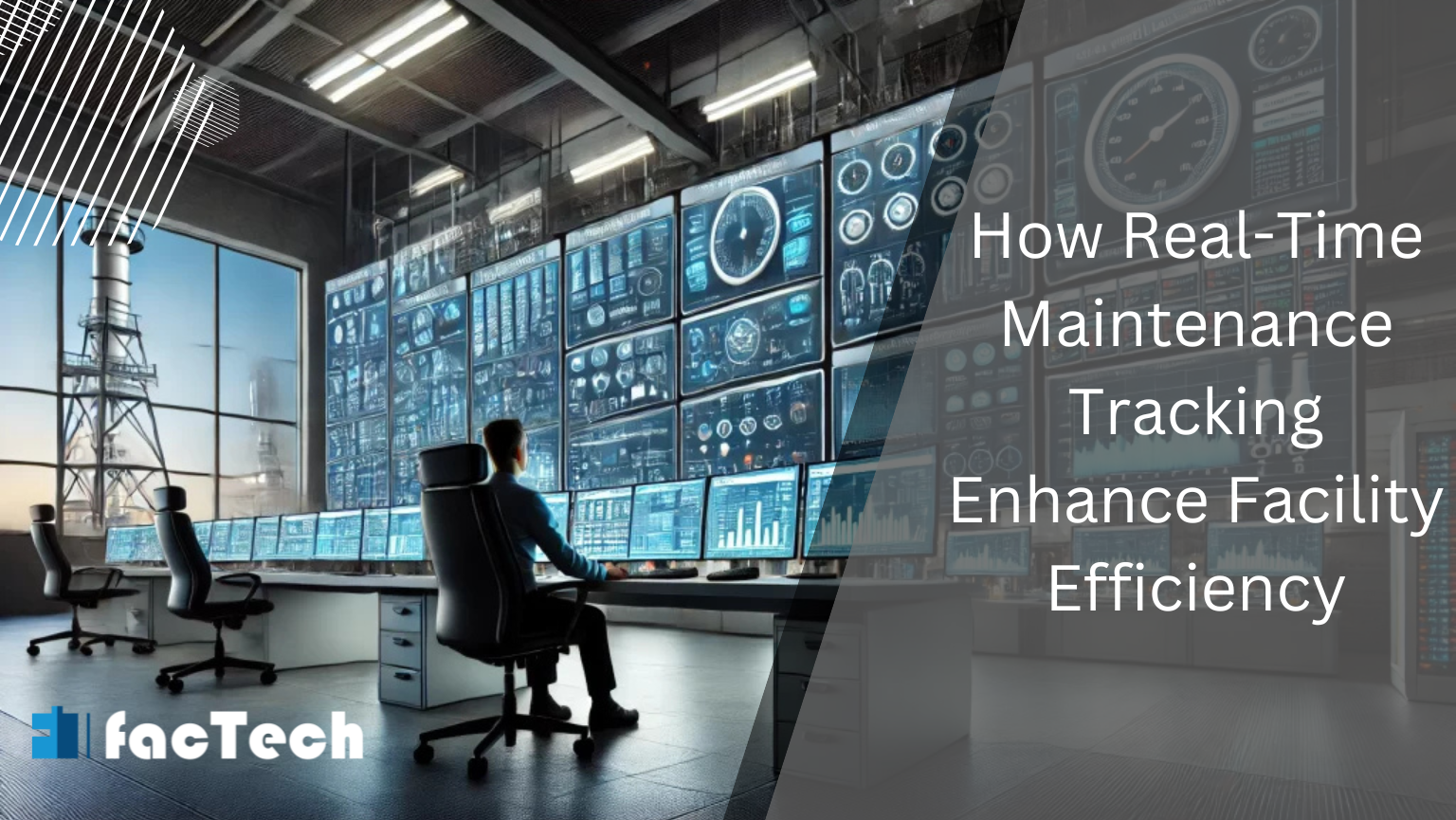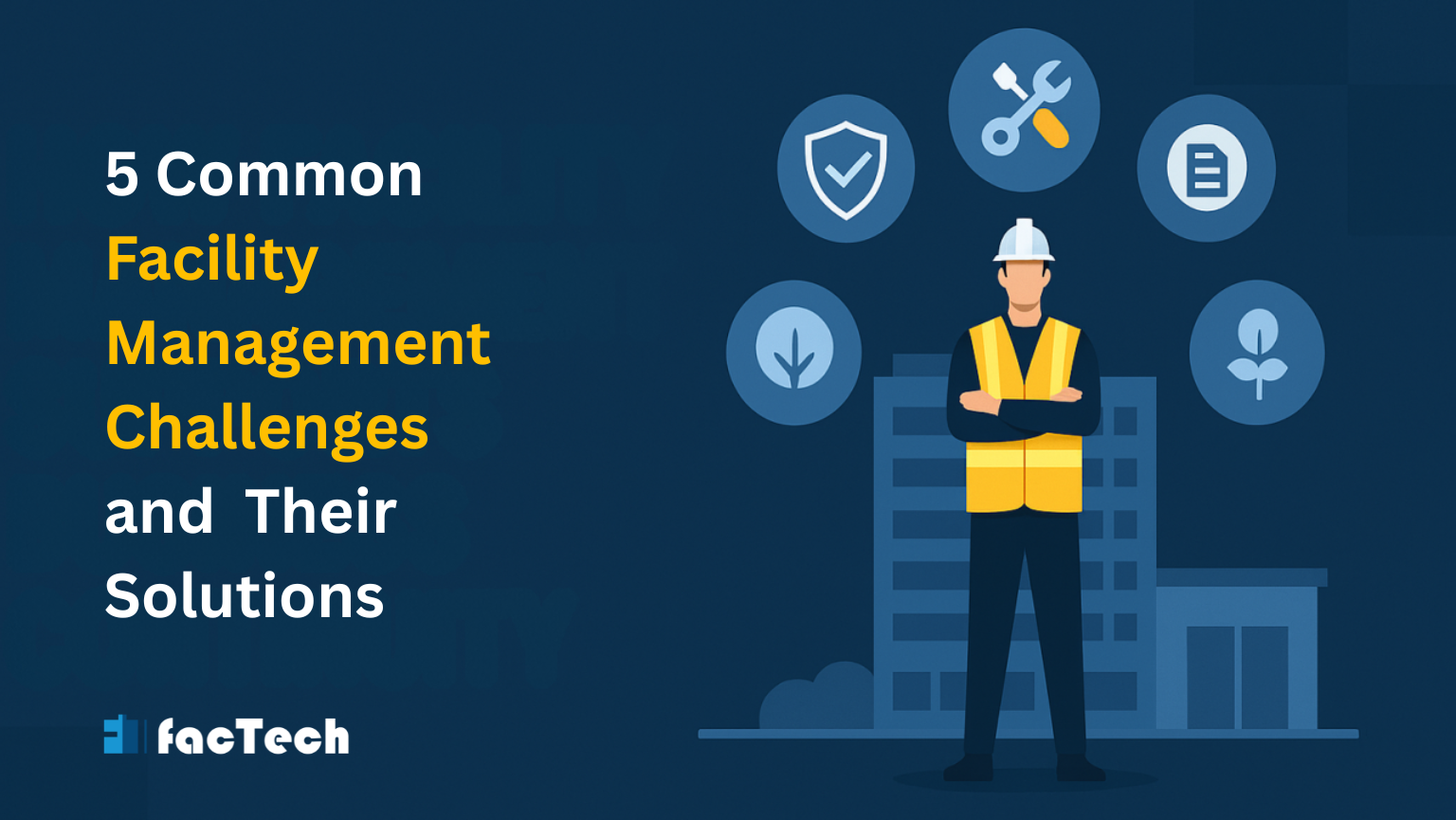Why Facility Managers Must Prioritize LT Panel Maintenance
Low-Tension (LT) panels are rather important in the electrical realm. Any electrical distribution system, in industrial, commercial, and even big residential environments, is built on them. LT panels handle and distribute electricity at voltages less than 1,000 volts. It is essential for running machinery, lights, HVAC systems, and more. Frequent maintenance of LT panels guarantees consistent power distribution, therefore enabling companies to remain profitable and prevent expensive downtimes. With the help of a maintenance management system, the facility manager schedules the maintenance of the LT panel. Ignoring routine inspections and maintenance, however, can cause major issues like safety concerns, equipment damage, and electrical breakdowns. The aim of this blog is to investigate the reasons behind the need for LT panel maintenance as well as how to correctly maintain these vital parts to guarantee seamless operations and improved safety.

Different Types of LT Panel
PCC Panel
Among the most often used forms of LT panels are Power Control Center (PCC) panels. They are used by facilities to control the electrical power distribution to several systems and machinery. These panels control voltage, therefore guaranteeing effective power distribution over several circuits without overloading any system. Usually using PCC panels, industrial environments depend on steady and dependable electricity for heavy-duty machinery.
MCC Panel
Motor Control Center (MCC) panels are fundamental components of motor-driven systems used in industry. By managing and regulating electric motors, these panels centralize the purposes of start, stop, speed control, and overload protection. In settings like manufacturing lines in factories where several motors operate separate equipment, MCC panels are crucial. These panels provide safe and effective running of motors, therefore eliminating mechanical faults resulting from incorrect voltage and motor burnout.
Distribution Panels
Distribution panels help to split electrical power into smaller circuits serving various areas of a building or other establishment. These panels are used extensively in commercial buildings and industrial plants to guarantee even power distribution over the site. Protecting every circuit in a distribution panel, fuses or circuit breakers guarantee safety and help to prevent electrical overloads.

Why LT Panel Maintenance Is Crucial
Ensuring Uninterrupted Operations:
The pillar of electricity distribution is LT panels. Frequent maintenance guarantees continuous and dependable power flow to all linked equipment. Without it, facilities risk erratic power outages, system trips, and expensive downtime that may stop production, disturb services, and cause major financial losses, especially in important industries such as manufacturing, data centers, and hospitals.
Improving System Performance and Energy Savings:
An LT panel kept in good condition runs at best efficiency. Problems including loose connections, damaged parts, or dust buildup can create electrical resistance that results in energy waste and more power bills. Frequent cleaning, tightening connections, and monitoring help to guarantee effective distribution of power, hence lowering running costs and energy usage.
Avoiding Electrical Hazards
Any facility dependent on an electrical power system should first always give electrical safety high importance. Among the several problems malfunctioning LT panels can cause are arc flashes, short circuits, and even electrical fires. Extreme circumstances can cause major property damage, injuries, or worse from these hazards. By guaranteeing that every electrical component is operating as it should, regular maintenance helps to avoid these hazards.
Following standard LT panel inspection procedures helps facilities find and fix potentially hazardous conditions before they become known. Preventing electrical fires and ensuring the safety of people and property depend critically on looking for loose connections, faulty insulation, and overheating components.
Extending the Lifespan of Equipment
Good maintenance of LT panels safeguards the downstream machinery they run. By means of a stable voltage supply and protection against surges and faults, machinery, appliances, and other electrical items are kept away from early wear and tear, therefore extending their lifetime and lowering replacement costs.
Compliance with Regulations
Many countries and industry regulations, such as NEC in some areas or IS/IEC norms in India, mandate routine electrical inspections and maintenance. Following a strong LT Panel maintenance plan guarantees compliance, so preventing legal problems and penalties.
Key Steps Involved in LT Panel Maintenance
Regular Inspections
Regular inspections are the first and most important step in maintaining an LT panel. Early wear and tear on electrical components including circuit breakers, wires, terminals, and fuses helps to be found by routine inspections. Although they should be planned at least once a year, facilities with significant power usage might call for more regular inspections.
Cleaning the Panels
Particularly in industrial surroundings, dust and dirt can accumulate inside LT panels over time. These pollutants might compromise the panel’s performance and raise the danger of overheating. Regular cleaning of LT panels using suitable instruments like compressed air or soft brushes helps to remove dust from delicate components without damaging them.
Tightening Connections
One of the main reasons LT panels fail electrically is due to loose connections. Over time, aging components, temperature swings, and machine vibration can cause connections to loosen. Technicians should verify stable electrical flows by checking all connections and tightening them as necessary during routine maintenance.
Thermal Scanning
An innovative diagnostic tool called thermal scanning finds possible overheating problems in LT panels. Using infrared cameras lets experts find hot areas on the panel that can point to overloaded circuits or malfunctioning connections. Early identification of these hot areas enables a fast response before more major issues result from overheating.
Checking for Circuit Breaker Issues
Protecting the electrical system against overloads or short circuits falls to circuit breakers housed in an LT panel. Circuit breakers can, however, wear out over time, therefore lowering their efficacy. Technicians should check the circuit breakers to guarantee they trip under fault conditions as part of maintenance.

How Does a Factech Help in LT Panel Maintenance?
Providing a complete, integrated solution, Factech‘s Maintenance Management System helps site managers maximize LT Panel maintenance and monitoring. With integrated checklists and reminders, it allows the digital tracking of every LT panel to provide thorough asset records and automate preventative maintenance regimens. Most importantly, Factech may interact with IoT sensors to monitor electrical parameters, including temperature and current, therefore triggering automatic work orders for anomalies and instantaneous alarms. Predictive maintenance made possible by this data-driven method helps find repeating problems, guarantees compliance, and offers comprehensive historical data for better decision-making, thus improving safety, efficiency, and uptime for vital electrical infrastructure.
The Bottom Line
Any facility must give LT panel maintenance first priority if it is to guarantee continuous operations, maximum energy efficiency, and, most important, safety. Important parts of this procedure are regular inspections, cleaning, connection tightening, and thermal scanning. Modern maintenance management system such as Factech’s enable facilities to move to a proactive, data-driven strategy, therefore ensuring the lifetime and dependability of their electrical system.
FAQs
Q: What is an LT Panel?
Managing and distributing low-voltage energy (under 1000 V) throughout industrial, commercial, and big residential facilities, an LT Panel (Low Tension Panel) is a critical electrical distribution board.
Q: Why do facility managers find LT Panel maintenance to be so vital?
A: It guarantees continuous operations, increases energy efficiency, reduces electrical dangers like fires, extends equipment lifetime, and preserves regulatory compliance.
Q: What are the main types of LT Panels?
Common varieties are distribution panels for separating power into smaller circuits, motor control center (MCC) panels for motor management, and power control center (PCC) panels for general distribution.
Q: In what way does Factech support LT Panel maintenance?
Factech offers maintenance management system to generates automated work orders for effective issue resolution, automates PM scheduling with checklists, connects with IoT sensors for real-time monitoring and predictive maintenance, and digitizes asset management.
